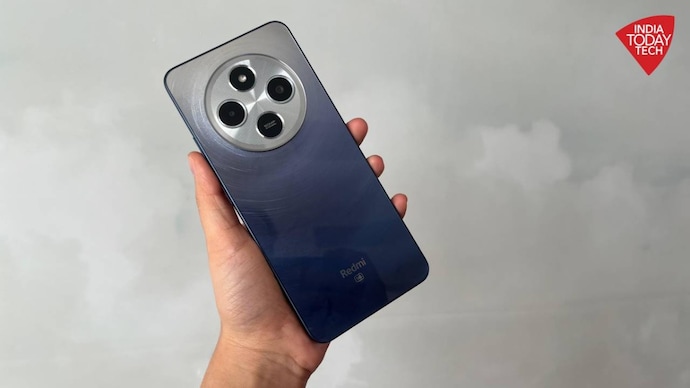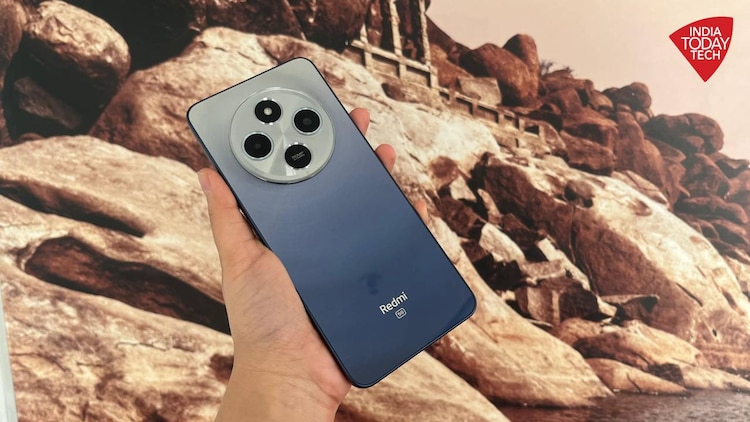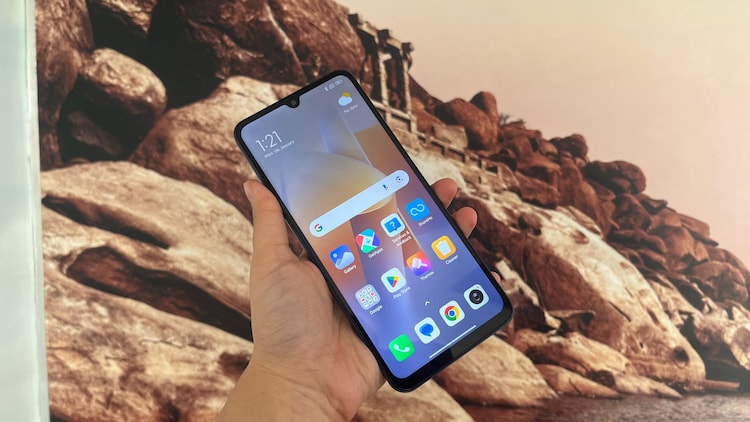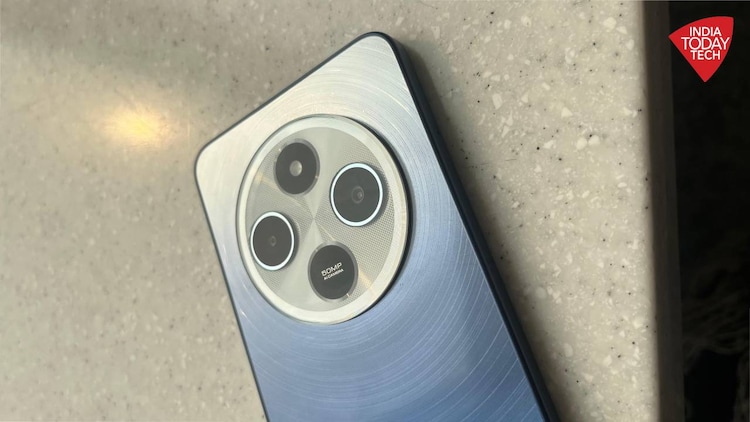Redmi 14C quick review: A promising phone under Rs 10,000
At a time when there are few phones under Rs 10,000 from big brands, Redmi is bringing the Redmi 14C in India. Priced at a starting price of Rs 9,999, the phone is powered by a Snapdragon 4 Gen 2 chip and a 5160mAh battery. And in this quick review of the Redmi 14C we found it to be quite promising.
listen to the story

After days of teasing, Redmi 14C has finally been launched in India at a starting price of Rs 9,999. Compared to its predecessor – the Redmi 13C – the new phone brings several upgrades. It comes with a 120Hz bright display, 5160mAh battery, splash-resistant design, side-mounted fingerprint sensor, 50-megapixel primary camera, and more.
In other words, it’s loaded with enough hardware to make it seem like a Rs 15,000 phone and not something you can buy for under Rs 10,000. This is where its appeal lies: You see, the price of Redmi 14C starts at Rs 9,999 in India. So, is this a phone worth buying in the Rs 10,000 segment? We will have a detailed and definitive answer in the full review of the Redmi 14C. But at first glance, it certainly looks promising.
Redmi 14C: Design and display
For a few years now, Redmi has been paying a bit of attention to design patterns, especially for its entry-level segment. We saw it on the Redmi 13C and now the Redmi 14C continues the legacy of a beautiful design language. The smartphone is available in three colours: Starlight Blue, Stardust Purple and Stargaze Black. I am reviewing the Starlight Blue version and I love it. The rear panel has an attractive ombre effect with silver on the top and blue on the bottom. The back panel has a circular island that houses the dual-camera setup. However, this island is designed to give the audience the illusion that the phone has a triple-camera setup. Additionally, the camera island is not too prominent, which reduces wobble when the phone is placed on a table.

The Redmi 14C has a boxy look with a fairly slim body for its price at 8.22mm. The most special feature of the phone is its screen. It’s a big screen, measuring 6.88 inches. But more importantly, it’s a screen that comes with a 120Hz refresh rate, which is rare in this price segment. So full marks to Redmi in this case.
Redmi 14C: processor and power
The Redmi 14C is powered by the Snapdragon 4 Gen 2 chipset, coupled with 6GB of RAM and up to 128GB of storage. This hardware also seems like a really good deal for the price. The phone runs on Xiaomi’s HyperOS 14, which is based on Android 14. While the chipset is a bit old, it has performed quite well so far in my limited use. It has been lag-free so far even when scrolling rapidly on the Instagram timeline. Regular apps, like social media apps and the bundled Chrome browser have been smooth on the Redmi 14C so far. It is worth noting that the gaming performance also seems quite good. I played some games like Block Blast on the Redmi 14C and they worked smoothly.

Inside the phone there is a 5160mAh battery with 18W charging support. Redmi is one of the few brands that still bundles chargers with its phones. Redmi 14C comes with 33W in-box charger. Currently, I saw that the phone gets charged from 34 percent to 92 percent, up to 58 percent in 45 minutes.
The company claims that the phone can handle 22 hours of video playback from its battery. However, whether the phone lives up to the claim or not is a question we will discuss in the upcoming detailed review.
Redmi 14C: Camera
Redmi 14C has a 50-megapixel rear dual camera and f/1.8 primary sensor. I have clicked some pictures using the rear camera. Although it clicks clear and crisp photos, it does not do justice to the real-life colors. They look a little deranged. Look at the image:

The phone has an 8-megapixel front camera for selfies and video calls. The phone has multiple camera modes, including night mode, portrait mode, cinematic camera, and more. But how does it work? I’ll talk more about this in my detailed review of the Redmi 14C.

Summary
The Redmi 14C appears to be an attractive option for an entry-level 5G smartphone, offering all the necessary features for a reliable daily driver in the sub-Rs 10,000 price range. After this, I’m looking forward to putting the device to some more tests and evaluating whether its overall performance justifies its price. So far it seems to be the case. Stay tuned for our in-depth review.





